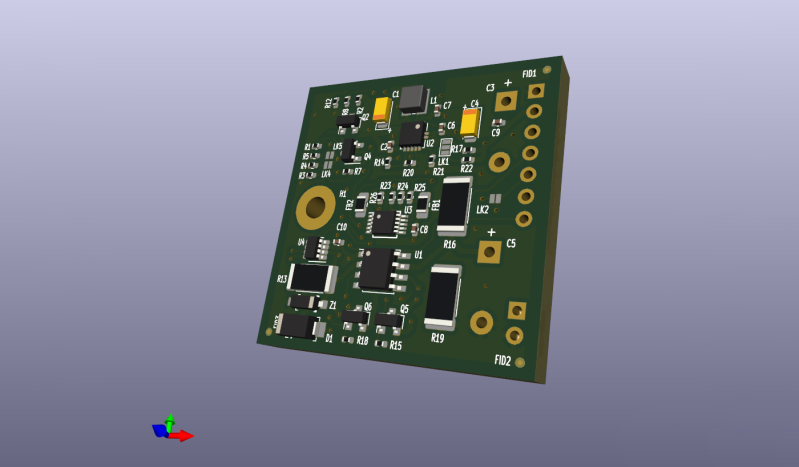A Solar Supercap Power Supply To Keep Your Projects Running

Solar garden lights and many other similar trinkets typically rely on cheap rechargeable batteries as a power source when the sun isn’t shining. [Darryl] figured that a supercapacitor could do …read more Continue reading A Solar Supercap Power Supply To Keep Your Projects Running